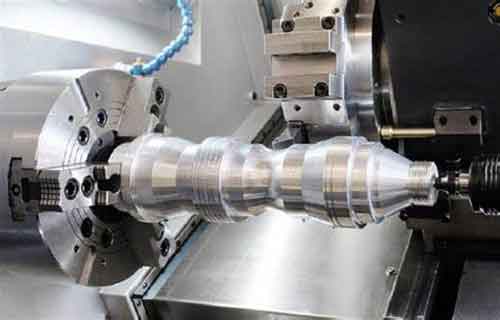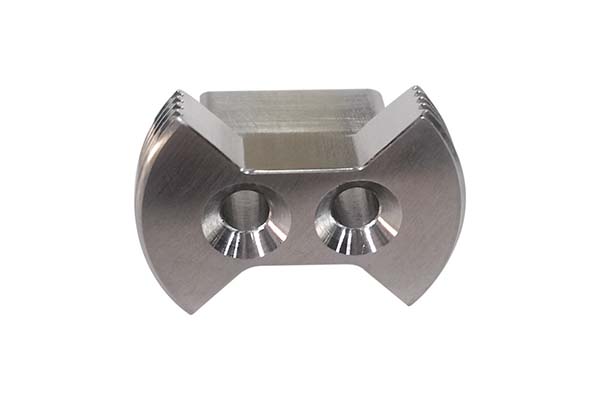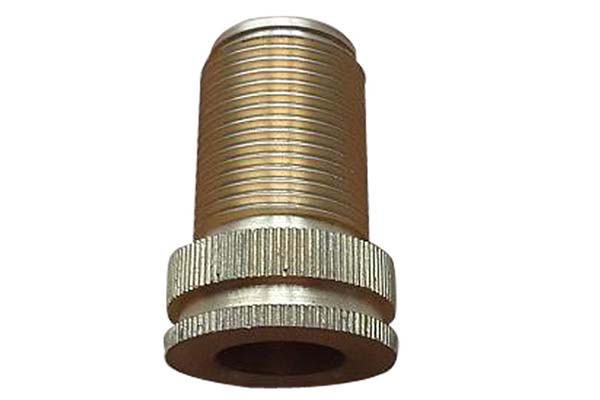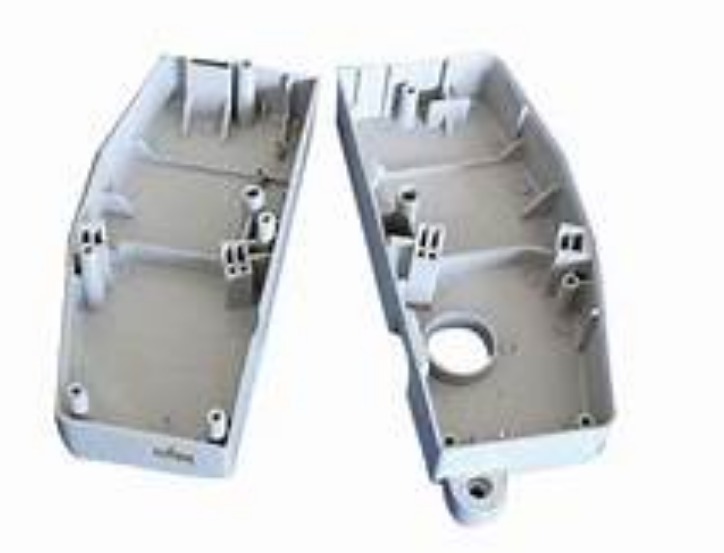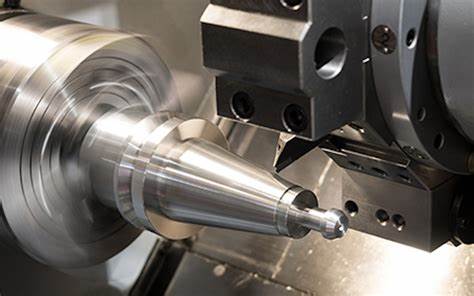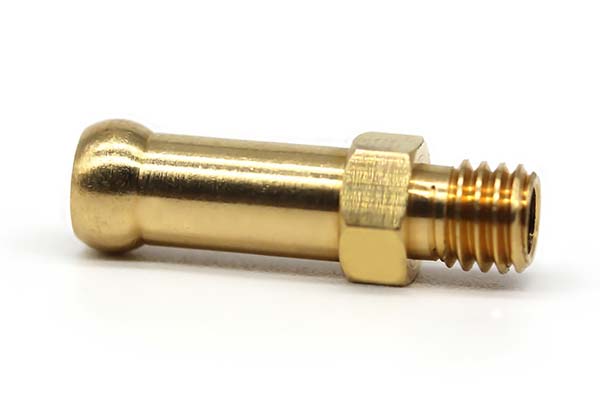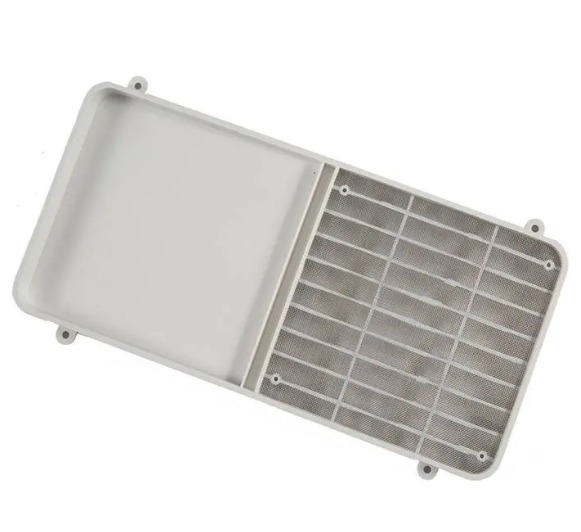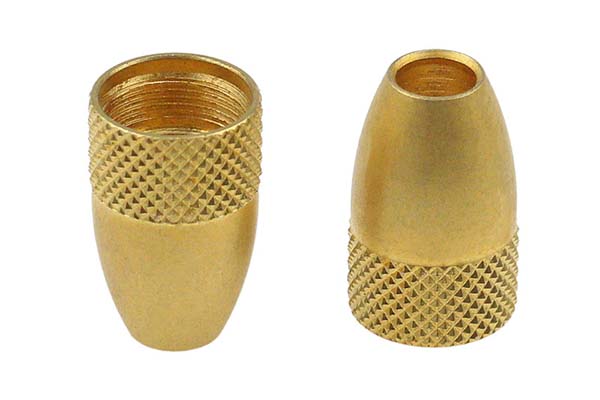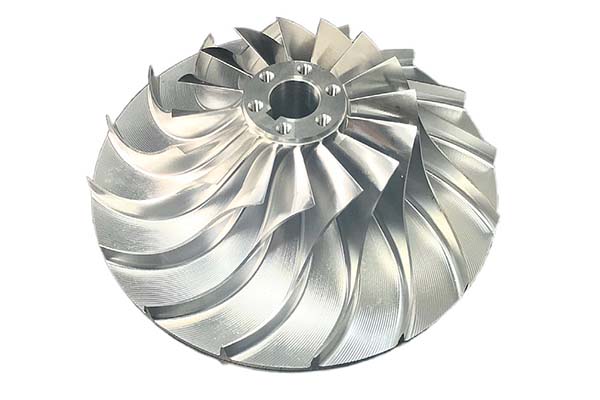Imagine a tool and die shop struggling to machine a hardened steel mold with intricate undercuts—traditional milling tools break, and grinding can’t reach the tight corners. Or a medical device manufacturer needing a micro-sized hole in a titanium implant, with no room for error. These are the challenges that electric discharge machining (EDM) was designed to solve. By using controlled electrical sparks instead of physical cutting tools, EDM can shape even the hardest materials with unparalleled precision. In this guide, we’ll explore the electric discharge machining principle, how the process works, and why it’s indispensable for modern manufacturing’s most demanding applications.
Fundamentals of Electric Discharge Machining: How Sparks Shape Metal
At the heart of EDM lies a deceptively simple principle: material is removed from a workpiece through a series of controlled electric discharge events—essentially tiny sparks—between two electrodes submerged in a dielectric fluid. Here’s how it works:
- Machining Mechanism: The workpiece and a shaped electrode (made of copper, graphite, or tungsten) are positioned close together (0.01–0.5 mm apart) in a non-conductive fluid like deionized water or oil. When a high-voltage pulsed current is applied, the dielectric breaks down, creating a spark that heats the workpiece to 8,000–12,000°C. This extreme heat vaporizes and melts a tiny portion of the material, which is then flushed away by the dielectric fluid.
- Spark Erosion: Each spark removes only 0.1–10 μm of material, allowing for precise control. A typical EDM operation might use 10,000–100,000 sparks per second, gradually eroding the workpiece into the desired shape.
- Dielectric Fluid Role: Beyond enabling spark formation, the dielectric cools the workpiece, flushes away debris, and prevents arcing (uncontrolled sparks that damage the part).
This process is often called “non-contact machining” because the electrode never touches the workpiece—eliminating mechanical stress and allowing EDM to handle fragile or pre-hardened materials that would crack under traditional cutting forces.
Electric Discharge Machining Process: From Setup to Finish
The EDM process involves several key steps, each critical to achieving precision:
- Setup: The workpiece is secured in a fixture, and the electrode (shaped like the desired final feature) is mounted on a precision spindle. The dielectric fluid tank is filled, and the machine is calibrated to maintain the correct electrode-workpiece gap.
- Electrode Configuration: The electrode’s material and design depend on the application. Graphite electrodes are cost-effective for large parts, while copper electrodes offer finer detail for small, complex shapes. For example, a medical device manufacturer uses copper electrodes to create 0.1 mm holes in surgical tools.
- Pulse Generation: The EDM power supply generates electrical pulses with adjustable duration (0.1–1,000 μs) and current (1–500 A). Short pulses (0.1–10 μs) produce finer surface finishes (Ra 0.2–1.6 μm) but remove less material, while longer pulses (100–1,000 μs) increase material removal rate but roughen the surface (Ra 1.6–6.3 μm).
- Discharge Control: Modern EDM machines use adaptive systems to monitor spark intensity and adjust the gap in real time, preventing short circuits and ensuring stable machining. This reduces electrode wear by up to 30% compared to manual control.
- Material Removal: Over time, the electrode’s shape is mirrored in the workpiece. For deep features like blind holes, the electrode is fed into the workpiece at a rate matching material removal—typically 0.1–5 mm per minute, depending on material hardness.
Applications of Electric Discharge Machining: Where Traditional Methods Fail
EDM’s ability to machine hard materials and complex shapes makes it indispensable across industries:
- Tool Making and Mold Making: EDM creates intricate cavities in hardened steel molds for plastic injection or die casting. A mold maker reports that EDM reduced production time for a smartphone case mold by 40% compared to conventional milling.
- Aerospace Components: Turbine blades and fuel injectors made from heat-resistant alloys like Inconel are machined with EDM, as their hardness (up to 50 HRC) quickly dulls traditional tools.
- Medical Devices: Micro EDM produces features like 0.05 mm slots in surgical scissors and 0.1 mm channels in drug delivery devices, where precision directly impacts patient safety.
- Complex Geometries: Parts with undercuts, sharp corners, or internal features (like the cooling channels in a motor housing) are easily machined with EDM, as the electrode can reach areas inaccessible to cutting tools.
A study by the EDM Technology Association found that 75% of aerospace manufacturers rely on EDM for at least 30% of their critical components.
Advantages and Limitations of Electric Discharge Machining: Balancing Pros and Cons
Like any technology, EDM has distinct strengths and weaknesses:
| Advantages | Limitations |
| High Precision: Tolerances as tight as ±0.0005 mm | Slow Machining Speed: 10–50 times slower than CNC milling for large volumes |
| Complex Shapes: Machines undercuts and sharp corners | High Electrode Wear: Electrodes can lose 10–50% of their mass, requiring replacement |
| Low Cutting Forces: No mechanical stress on fragile parts | Surface Recast Layer: A 5–50 μm heat-affected layer may require post-processing |
| Hard Material Capability: Works with materials up to 65 HRC | High Power Consumption: Uses 2–5 times more energy than CNC machining |
For example, while EDM excels at creating a 0.01 mm tolerance hole in a titanium part, it would take 10 minutes per hole—making it impractical for high-volume production of simple parts like bolts.
Technological Innovations in Electric Discharge Machining: Pushing Boundaries
Recent advancements have expanded EDM’s capabilities:
- Advanced Electrode Materials: Nano-composite electrodes (e.g., copper-tungsten) reduce wear by 50% and improve surface finish compared to traditional materials.
- Adaptive Control Systems: AI-powered EDM machines learn from each spark, optimizing pulse parameters in real time to increase material removal rate by 20–30%.
- Multi-Axis EDM: 5-axis EDM machines can tilt the electrode, enabling complex 3D shapes like the impellers in jet engines without repositioning the workpiece.
- Wire EDM: A specialized form using a thin brass wire (0.02–0.3 mm diameter) as the electrode, ideal for cutting intricate 2D shapes. Wire EDM achieves tolerances of ±0.0002 mm, making it essential for aerospace and medical parts.
- Hybrid EDM Processes: Combining EDM with laser machining or electrochemical machining reduces processing time by up to 40% for parts requiring both roughing and finishing.
Yigu Technology’s Perspective: EDM Expertise for Critical Parts
At Yigu Technology, we harness electric discharge machining to solve our clients’ toughest manufacturing challenges. Our advanced EDM systems—including wire EDM and sinker EDM—handle materials from hardened steel to exotic alloys, producing parts with tolerances as tight as ±0.0005 mm. Whether it’s a complex mold for automotive parts or a micro-sized medical component, our engineers optimize electrode design and process parameters to balance precision, speed, and cost. With a focus on quality and innovation, we deliver EDM solutions that meet the strictest industry standards, from aerospace to healthcare.
FAQs
- What materials can be machined with EDM?
EDM works with all conductive materials, including hardened steel, titanium, Inconel, copper, and aluminum. Non-conductive materials like ceramics can’t be machined with standard EDM but may be processed with specialized hybrid systems.
- How does EDM surface finish compare to CNC machining?
EDM can achieve surface finishes from Ra 0.2 μm (with fine pulses) to Ra 6.3 μm (with coarse pulses). While CNC machining can produce smoother finishes (Ra 0.02 μm) in soft materials, EDM outperforms it in hard materials where cutting tools dull quickly.
- Is EDM cost-effective for small production runs?
Yes. EDM setup costs are higher than CNC machining, but it’s often more cost-effective for small runs of complex parts, as tooling (electrodes) is cheaper than custom CNC cutting tools for intricate shapes. For large volumes, CNC is typically more economical.
